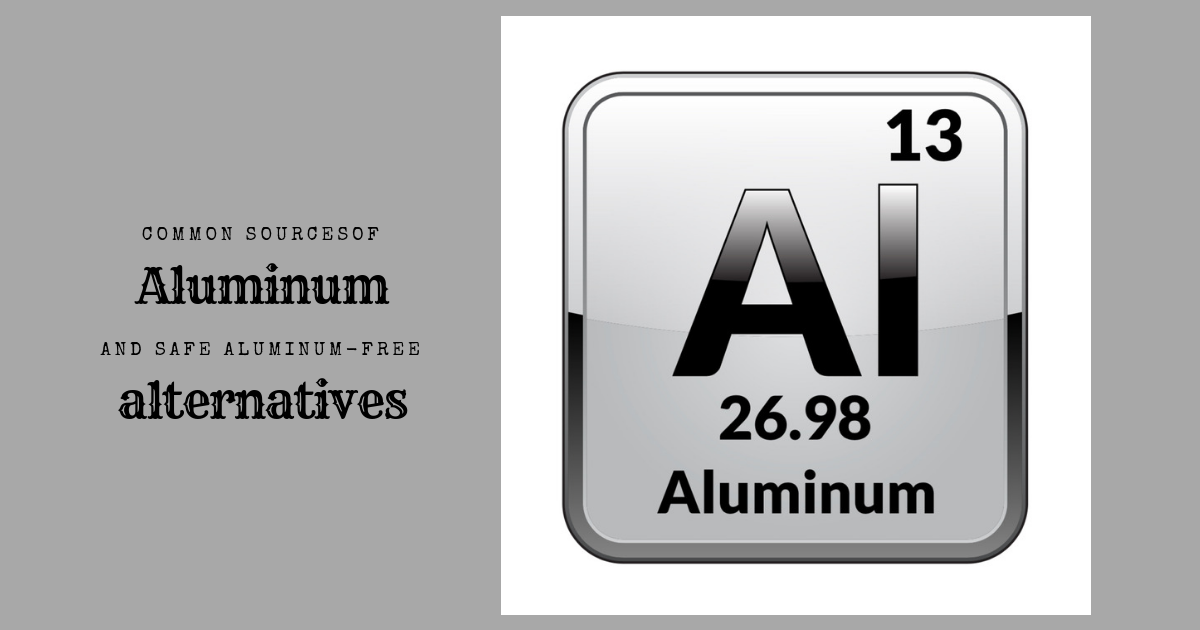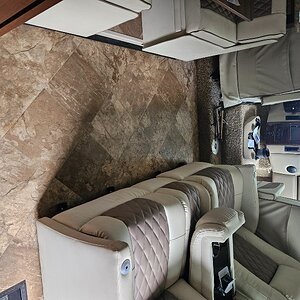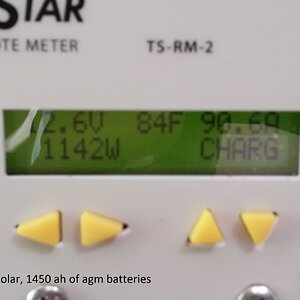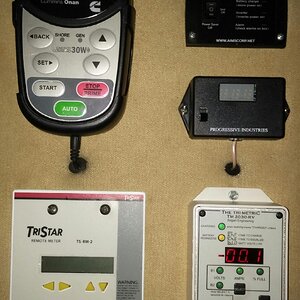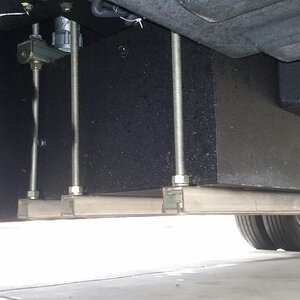Kevin D Pem
RVF 5K Club
- Joined
- Jul 29, 2020
- Messages
- 5,282
- Location
- AZ
- RV Year
- 1984
- RV Make
- Alpinelite
- RV Length
- 26'
- TOW/TOAD
- 2016 Ram 1500
- Fulltimer
- Yes
How are you filtering your water? I was surprised when this youtube Chanel put this topic on his video. He focused on fluoride, but the video has a few shockers of it's own. I have posted on this topic in the past, but I am now concerned about other problems as we travel it is not an option to test the water everywhere we fill the tank.
I fill my tank and always use the on board system for the water in house. I have made some new changes to my system, and that only after this video, is the reason for my post.
What I have added to the system to remove more of the modern contaminants only added to our water supplies in the last year. You must know my typical water comes from local wells, so fluoride is only an issue for me if it is of natural source.
I added a second cartridge carbon block filter to my fill hose. I also added a flow restrictor to allow more time the water is in contact with the carbon block filters. More information about my system can be found in a post on topic here on rvf
I fill my tank and always use the on board system for the water in house. I have made some new changes to my system, and that only after this video, is the reason for my post.
What I have added to the system to remove more of the modern contaminants only added to our water supplies in the last year. You must know my typical water comes from local wells, so fluoride is only an issue for me if it is of natural source.
I added a second cartridge carbon block filter to my fill hose. I also added a flow restrictor to allow more time the water is in contact with the carbon block filters. More information about my system can be found in a post on topic here on rvf
